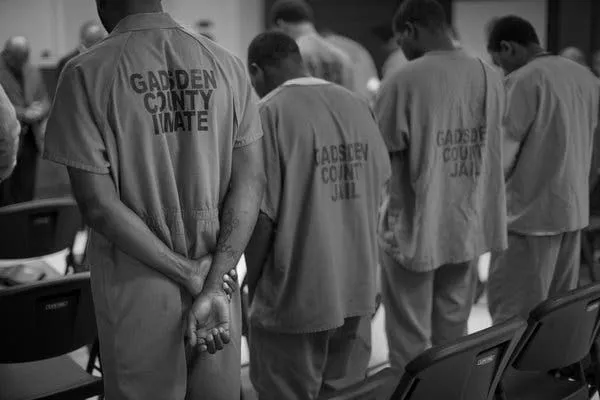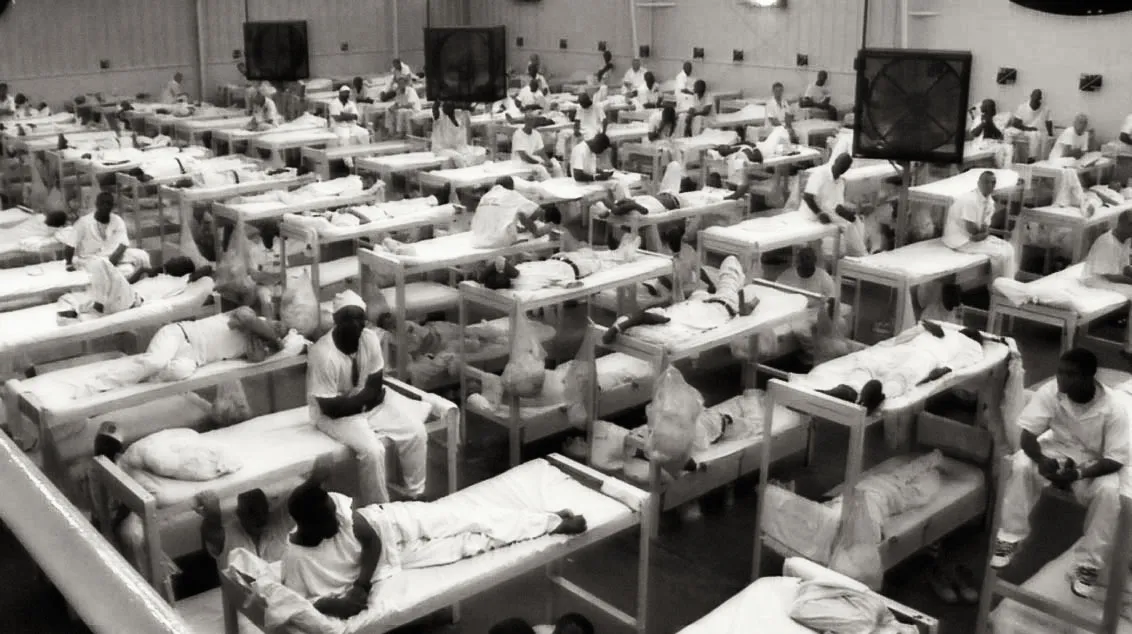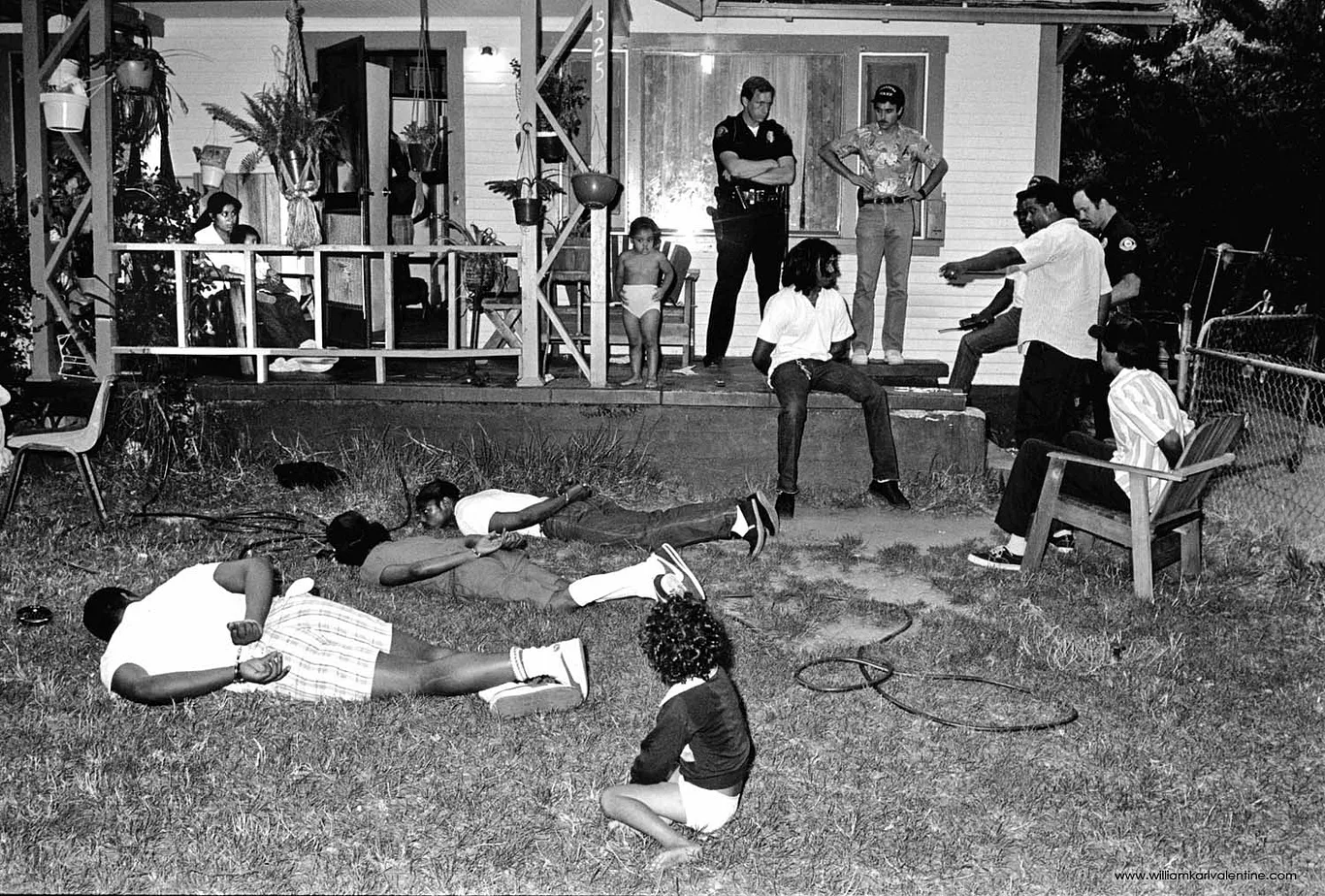
by Leah Harmony
Joe Biden owes us. He owes us at least as much as he has cost us. I grew up in the Crack Era and where I’m from, no one escaped its effects. Back then, it was just how we lived. When “they” combatted the Crack Epidemic, they hit urban communities hard. “Them Boys” came in swinging and they didn’t stop until everything ran red or just went dark.
Unfortunately, the government didn’t bother coming up with a plan afterward. Their concern was protecting their own. Joe knows. He was there. In fact, he not only saw the cause, but he also led the laws that caused the effect. Whether the current “harm reduction” effort is or isn’t meant specifically to include the Black community, a resolution is twenty years too late and significantly more than a dollar short.
In the early morning on the second day of the second week of “Black History Month,” a shocking headline went viral. By 1p.m it had been successfully rebranded as “right-wing misinformation.” However, if you caught it at 6 a.m, it looked like the Biden administration was promoting crack pipe distribution through a “Harm Reduction” program that allocated $30 million in taxpayer-funded grants to support “racial equity.”
If you think a plan as asinine as this could only come from right-wing trolls, you’re probably also content with Hip Hop Recognition Month and Juneteenth as the only legislation Biden has passed for Black people since Black people literally got their “bootys to the poll” and put him in the White House.
To others, this easily could have come from the brain of Joe “You Aint Black” Biden. However, considering “smoke kits”only show up once in the opioid-focused health order, one could conclude, Biden’s administration simply threw an ill-advised bone out there, to make it look like there will be racial equity in harm reduction.
When it backfired, they quickly pulled it back. I wonder if he’d rather be the guy giving crack pipes to the Black community or the guy LYING about giving crack pipes to the Black community while really just allocating more funds to the current opioid epidemic? Black America deserves better. I agree with Twitter: someone owes Ice Cube an apology.

The opioid epidemic has knocked almost all illicit drugs off the charts. Specifically, Fentanyl, which accounts for 75% of the reported overdose deaths, upped to 85% if you understand the other overdoses were drugs laced with Fentanyl.
The leaders of such narratives have a strange doctrine for relaying the big picture. Let us not ignore the detail that our government’s new BFF Pfizer, manufactures and distributes Fentanyl. They also make the FDA-approved and recommended anti-overdose counterpart Naloxone, the actual star of the now infamous harm reduction kits.
Perhaps we should ask how our government is always so close to the harms that plague our communities, yet so removed from responsibility. That is until it’s time to cure at their discretion. It’s widely known, amongst Black communities at least, the government was key in introducing and maintaining crack in our communities. We remain in wait, mostly in federal prisons, for that harm reduction.
The now infamous Crime Bill that Joe Biden once proudly owned as the “1994 Biden Crime Bill” came under scrutiny prior to him being elected. “Three Strikes and You’re Out” resulted in people going in young and spending their entire life in prison for offenses that should never have been felonies.
Black communities, who were the majority recipients of this smackdown, suffered an unmeasurable loss. The full effects of such drastic actions have yet to be studied. Joe Biden has claimed this bill did not generate mass incarceration and he’s correct. What it did was help maintain mass incarceration caused by the other laws he either supported or wrote himself in the midst of the Crack era the decade prior.
As the head of the Senate Judiciary Committee in the late 1980s and early ’90s, it was Joe Biden that helped change a rehabilitative criminal justice system into a punitive one. This included measures that enacted more incarceration, more prisons and tougher sentences for drug offenses, particularly crack cocaine.
The Comprehensive Control Act expanded federal drug trafficking penalties and civil asset forfeiture, which allows police to seize and absorb someone’s property even without proving guilt. The Anti-Drug Abuse Act of 1986 and the Anti-Drug Abuse Act of 1988 made mandatory minimum federal sentences for selling or possessing crack 100 times stricter than for cocaine and the latter strengthened those sentences. As a result, the total prison population doubled in the following 10 years.
In the ‘80s, Black men were being incarcerated for crack-related offenses that white people arrested for cocaine-related offenses weren’t even being sentenced for. Whether it was a mistake in hindsight, the reality is that legislators attached the harsh sentences to the cocaine product that had conveniently flooded Black communities, knowing Black people used it at a rate of 83% to white people.
Decades later, the opioid crisis has again tasked lawmakers with the creation of legislation to curb drug abuse. This specific drug use is now called Untreated Opioid Use Disorder (OUD) and they’ve labeled it as a chronic brain disease. The emphasis is on repairing the serious cost to people, their families and society. The message is one of understanding and compassion.
On Capitol Hill, there is no consensus on why the federal government’s response to opioids is so different from the crack epidemic that preceded it, and so the damage remains unresolved. There have been minor changes in revising the sentencing guidelines set during the Crack era, but overall, whether they will change these laws remains unclear. What’s not unclear are the undeniable differences in media and governmental response when comparing the Crack epidemic to the Opioid epidemic and the results, inevitably, will be drastically different.
There’s no blueprint for a healthy community, but there are impossible odds that can make one far-fetched. By the time crack arrived, society had already failed to enable Black children to achieve the American Dream. Engaging in damaging behaviors was a simple transition.
These young men, who may have fallen into the trap at 16, were being locked in cells until they were in their 40s. There were no rehabilitative programs inside to help them when they got out. There wasn’t a chance for whole families to form. Those broken families make up communities today.
Drug addicted, so-called “Crack babies” were born, demonized, then forgotten. Both the crack babies and the children of the Crack era are still here. They are the ones shooting each other in the “underserved” communities Biden’s administration continues to ride to their political victories. That is exactly what unresolved “group trauma” looks like. Ignoring such outcomes so far has helped nothing. The means to do it ourselves seems appropriate.
Restorative payments are high on the list of priorities for the Biden administration. Distribution of financial reparations to LGBTQ people for marriage benefits denied before legalization is currently being distributed. They have given $32 Billion to Tribal and Native communities to make up for past indiscretions. They’re also working out reparation payments of up to $1 million per family for Mexican citizens that were separated at the border.
In 2018, the Federal government spent $4.5 billion combating the opioid epidemic. Critics claim even that wasn’t nearly enough. So what should the government contribute for damage done to Black communities now that we can easily identify it by looking at the contrasting responses to the crack epidemic? According to the public response to the crack pipe “harm-reduction” meme, $30 Million is too much and again we’re reminded public perception hasn’t changed.
Joe Biden once paced the senate floor explaining how it didn’t matter that the government made the criminals, or that poverty played a part, or racism. If these predators were out to hurt one of “them,” the only response is to “lock the sons of bitches up” and throw away the key.
During the past few years, there have been small pockets of sporadic awareness and maybe even a reckoning for America’s special brand of racism. President Biden has done little to reveal himself as an invested leader. These were moments he could have used to teach, learn and offer understanding and humility. People are different and the way they receive truth will vary, as will the way they react to the knowledge. A powerful leader faces this head-on. It seems like he’s more content with racial division overall, which I’ve witnessed more of during his presidency than during any other time in my life.
Pertaining to his role in the Crack era, he seems more comfortable pretending this era didn’t affect an entire group of people. Maybe this is because he understands his hand in it or maybe he genuinely doesn’t care. His lack of attention pushes me towards the latter. It wouldn’t cost a thing to exonerate Black folks from perceptions related to “crack,” “crackheads,” and “crack babies.” To publicly forgive mistakes that were made when there were no options. For being human.

In neighborhoods rebuilt after the Crack era, we see what becomes of time and space. To thrive after destruction starts with recognition and accountability. In America, that’s not an absolute. Luckily most of us understand the kind of chaos we experienced doesn’t do well inside young minds.
Succeeding at school and planning a life path can’t reconcile with the loss of friends, police raids, guns, and death. Before long, there’s too much distance between trauma and who we were supposed to be. To bring stability, compassionate intervention is necessary. An example, again, is how today’s opioid addiction is being nurtured. Yet, my entire generation had to work it out ourselves. Thankfully, though not without victims, somehow we realized the future destruction wasn’t worth it. The fatherless children of the crack era all understand how it happened, though they may never understand why. That is one area where emptiness remains. We miss our brothers and mothers also. We wonder what might have been.
They want us celebrating Juneteenth and Hip Hop. Many will do just that. Our institutions are made of big words and bright colors. The rest of us sit back and watch the show, wondering if we’ll all gain access to some of the equity everyone’s talking about.
Leah Harmony is a student of the San Francisco Bay View’s Community Journalism Class, which is funded by the California State Library.





